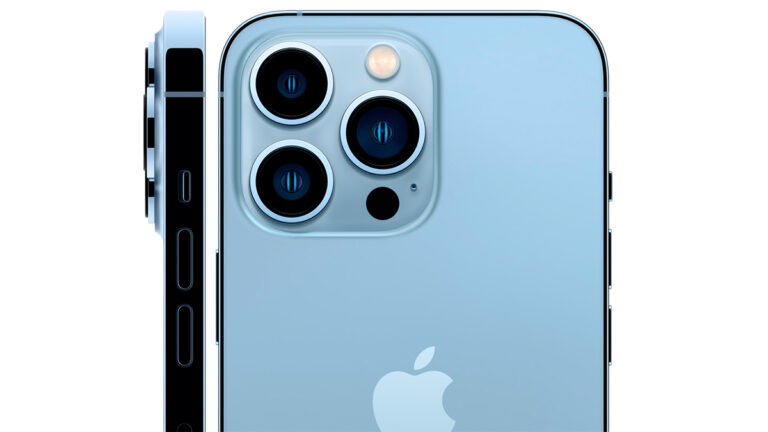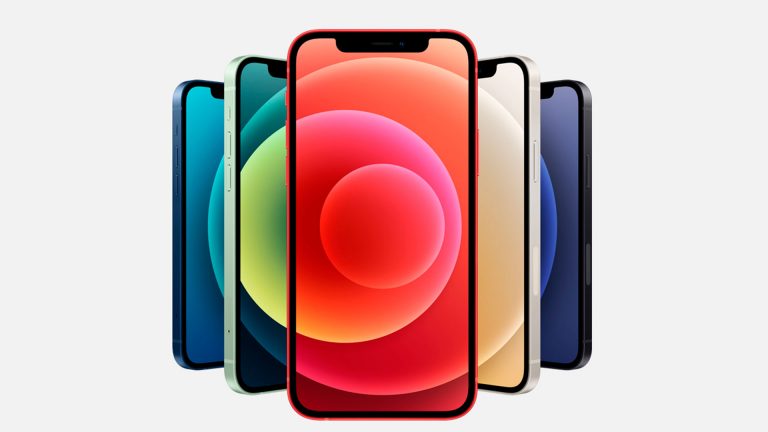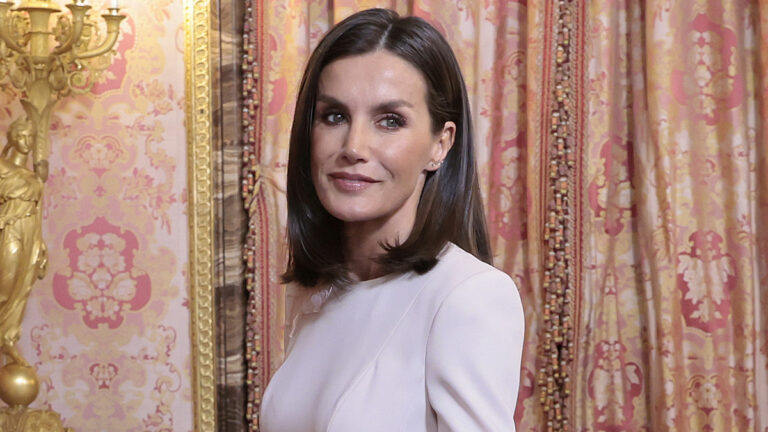Will Luxury Watches Survive the Smartwatch Threat?
Demographics tells us the by 2020 40% of consumers in the Group of 20 and BRIC countries will be generation C’s (connected; communicating; content centric, community oriented and compulsive travelers).
As the Swiss watch industry hits another record low earnings level with exports going down from about US 22B in 2013 to US 9.6B in 2015, many analysts begin to wonder whether this century old luxury industry is about to give way to smart watches just as carriages gave way to cars at the turn of the 19th century. The trend clearly is there. Sales of Apple smartwatches continue to climb while sales of luxury watches are flat.
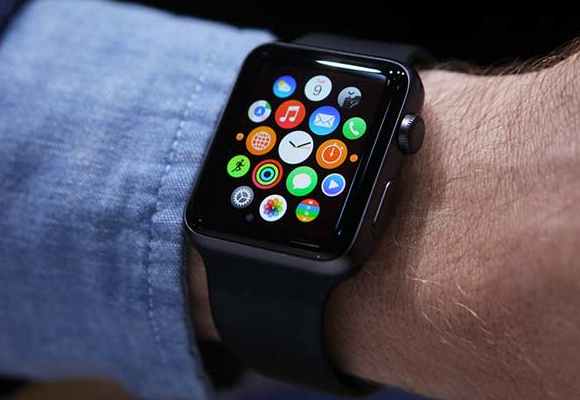
But will the flat curve for luxury watches take a dip any time soon. Answering such question demands an understanding of human beings that has consistently missed the world greatest economic minds. But given that according to Paul Rosenstein-Rodan “the equilibrium values of wants in relation to goods depend on the period of time under consideration”, I would surmise that a century from today the market for watches will be about 90-95% smartwatches with the remaining being luxury watches. I base this prediction firstly on demographics and secondly on reasons behind acquiring and flaunting to everybody’s eyes a luxury watch.
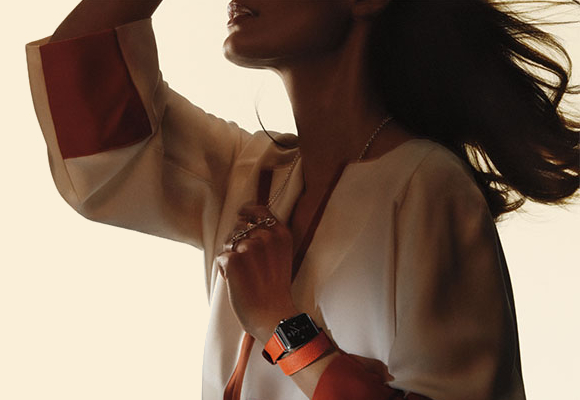
Demographics tells us the by 2020 40% of consumers in the Group of 20 and BRIC countries will be generation C’s (connected; communicating; content centric, community oriented and compulsive travelers). This digital native generation expects to be connected on 24/7 basis. They were brought up and nannied by IPods; IPads; IPhones and I watches. For them a watch is not a time piece it is a connectivity means, thus they are very unlikely to give luxury watches the same valuation as baby boomers did.
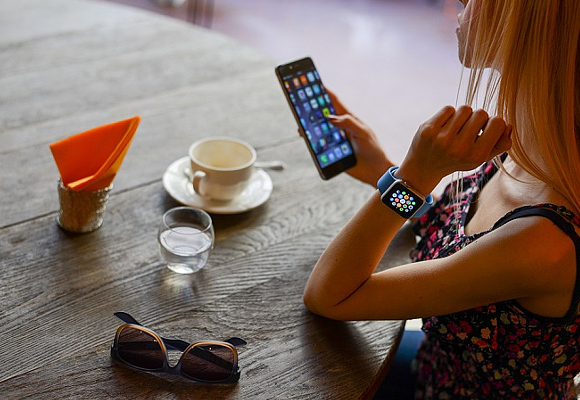
Baby boomers passionate search for luxury watches spring from three drives. These are:
- You want to proclaim to the world your super rich status.
- You appreciate old and refined products thus you buy antic furniture for your home and century old art both for decoration as well as to have a store of value
- You are thrilled to carry around a piece of jewelry that was owned by some world celebrity.
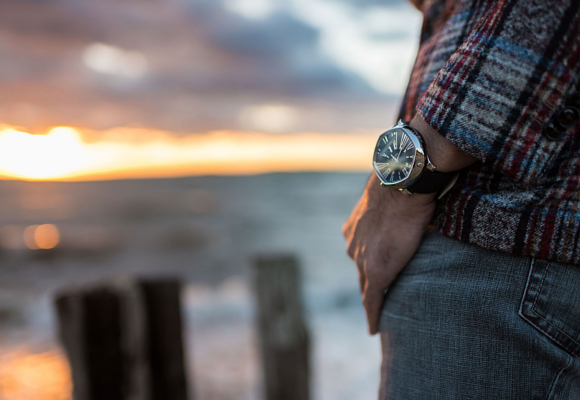
These driving factors do not seem to be present in smartwatches up and until very recently. But as Apple launched its $17,000 Edition, outfitted with an 18-karat gold case and leather band and designed by Jony Ive the aspirations of a luxury watch buyer should have been satisfied. Would Generation Cs be lured into buying these ultra-expensive smartwatches? The most probable answer is a qualified no.
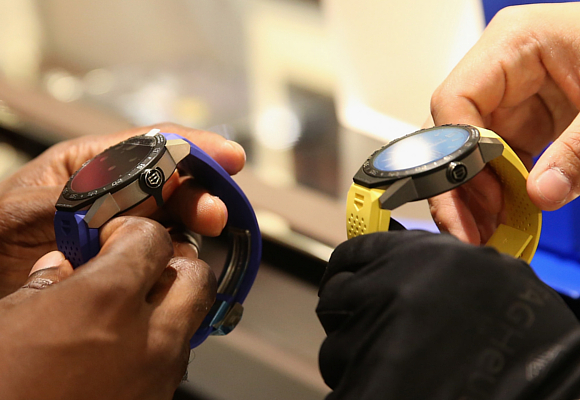
Generation C’s in countries members of the Group of 7 would probably see these models as an absurd waste of money given that their functionality will be exactly the same as a $500 smartwatch. Additionally, they abhor standing out preferring to blend with the community; the crowd or the group. They further regard mining for gold, silver, or any mineral to be an environment deteriorating and slave driving activity and would love to see all mines closed. They believe every mineral product should be substituted by products manufactured with renewable inputs.
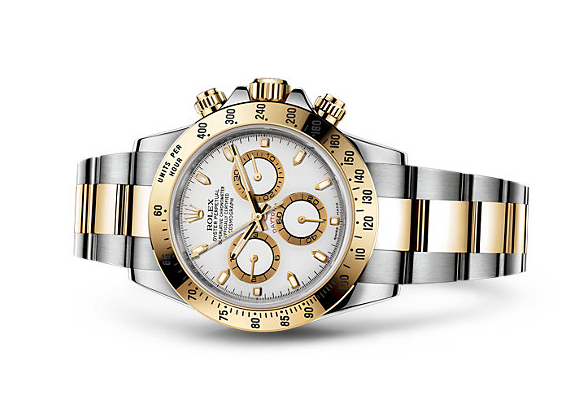
A gold smartwatch thus seems to flagrantly contradict this thinking. Generation Cs in emerging markets on the contrary might go for this Apple luxury models because they are the children of privilege in their countries and would like to codify that status wherever they go. I is like driving an Aston Martin in the middle of a cobble stone village. And while they are not willing to give up on functionality, they would also like to be seen as distinguished members of a world elite. They will buy both the Apple watch as well as the Rolex.
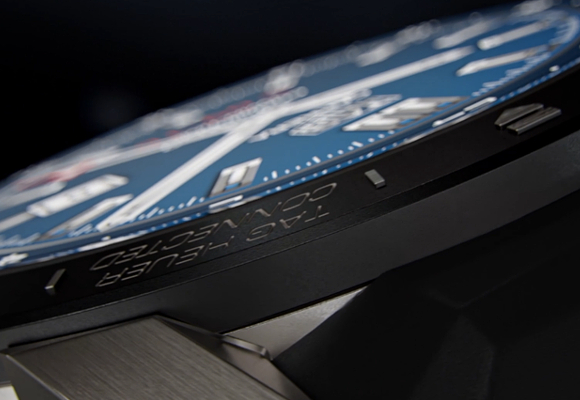
Smartwatches fundamental strength comes from functionality. They can get phone calls; measure your heart beats; record your exercise and online shop. And these virtues are fundamental for digitally born Generation Cs. But since the world evolves in waves of technology creation and population layers. There will always be a worldwide affluent layer of population for whom functionality will never be key to acquiring a watch. This people are the richer 2% of the world population or about 260M people.
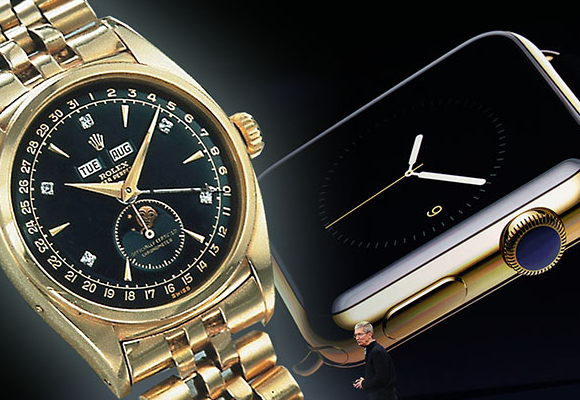
About 20% of these cluster will still prefer time keepers to lifestyle keepers as their watches, thus maintaining alive the century old Swiss distinguishing economic activity. No reason to be pessimistic about the future of Swiss watchmaking.



